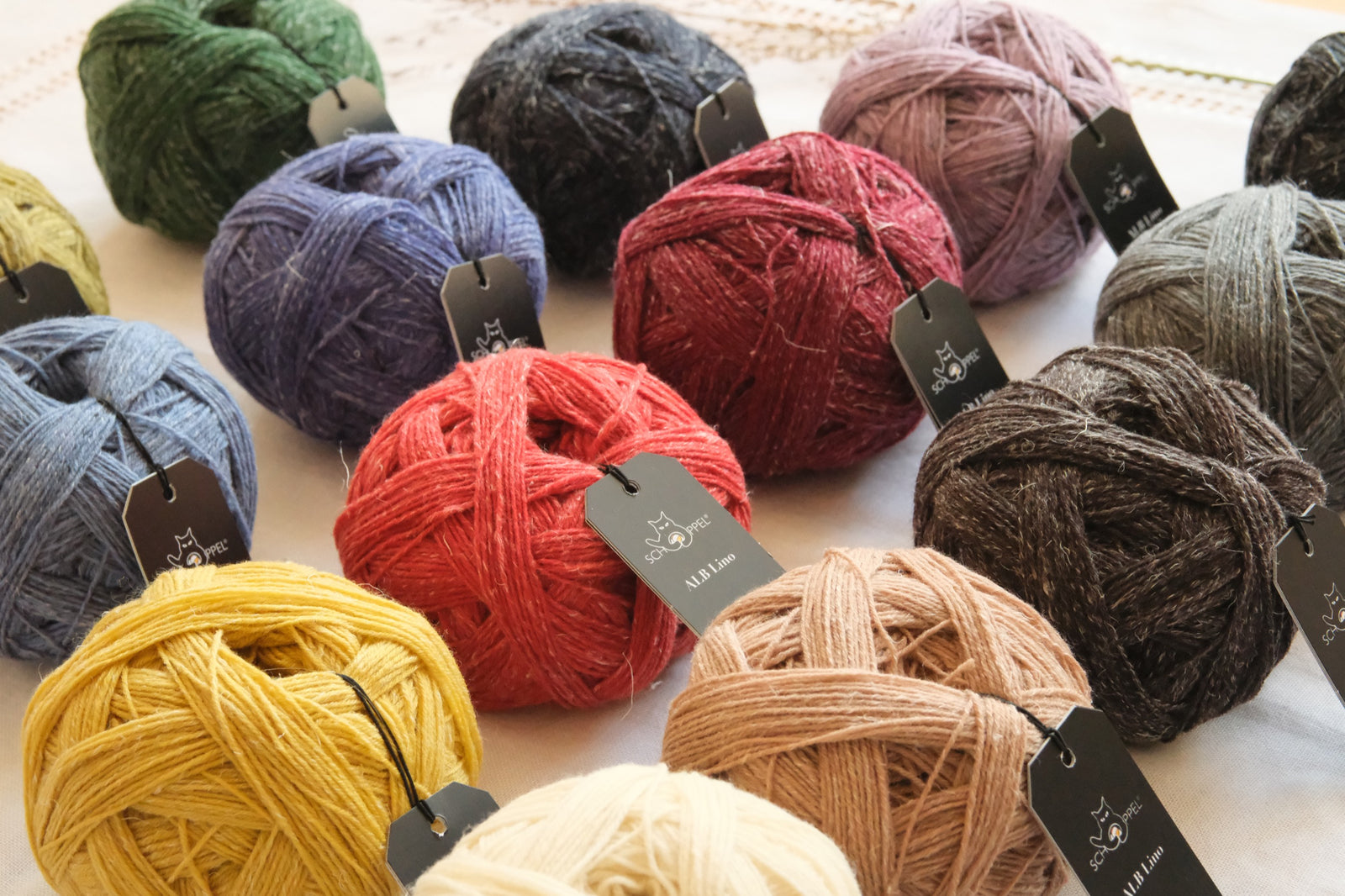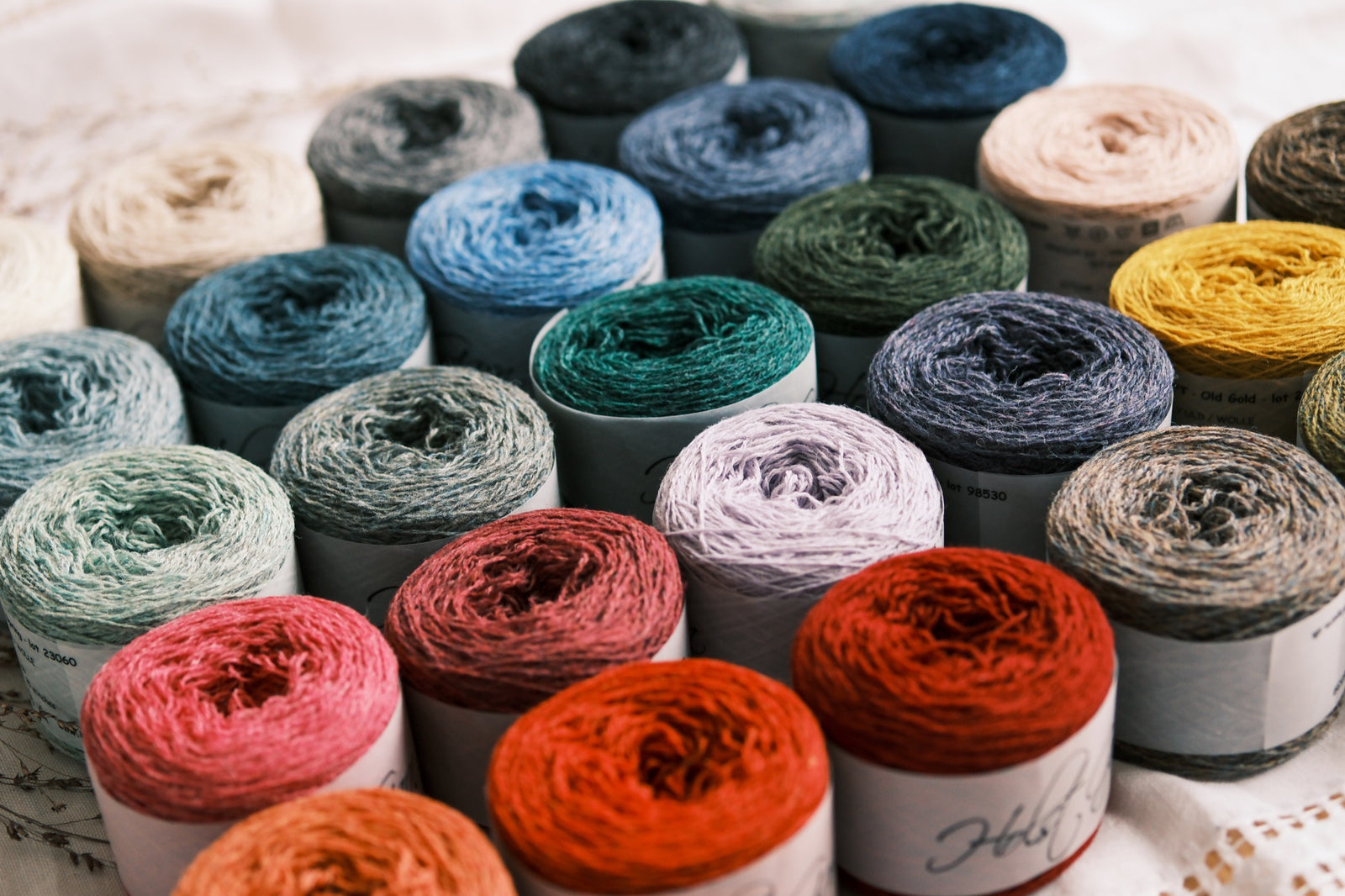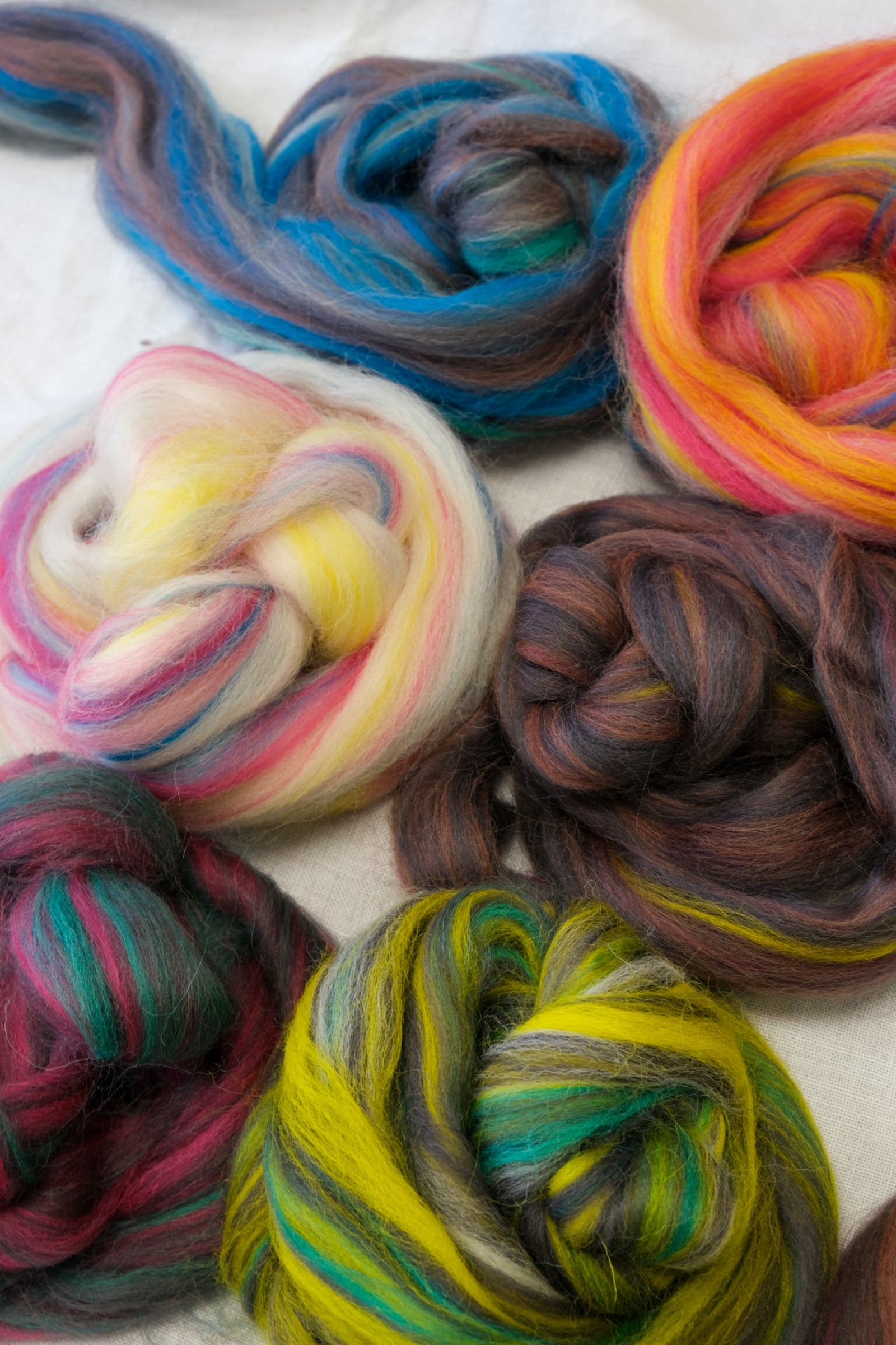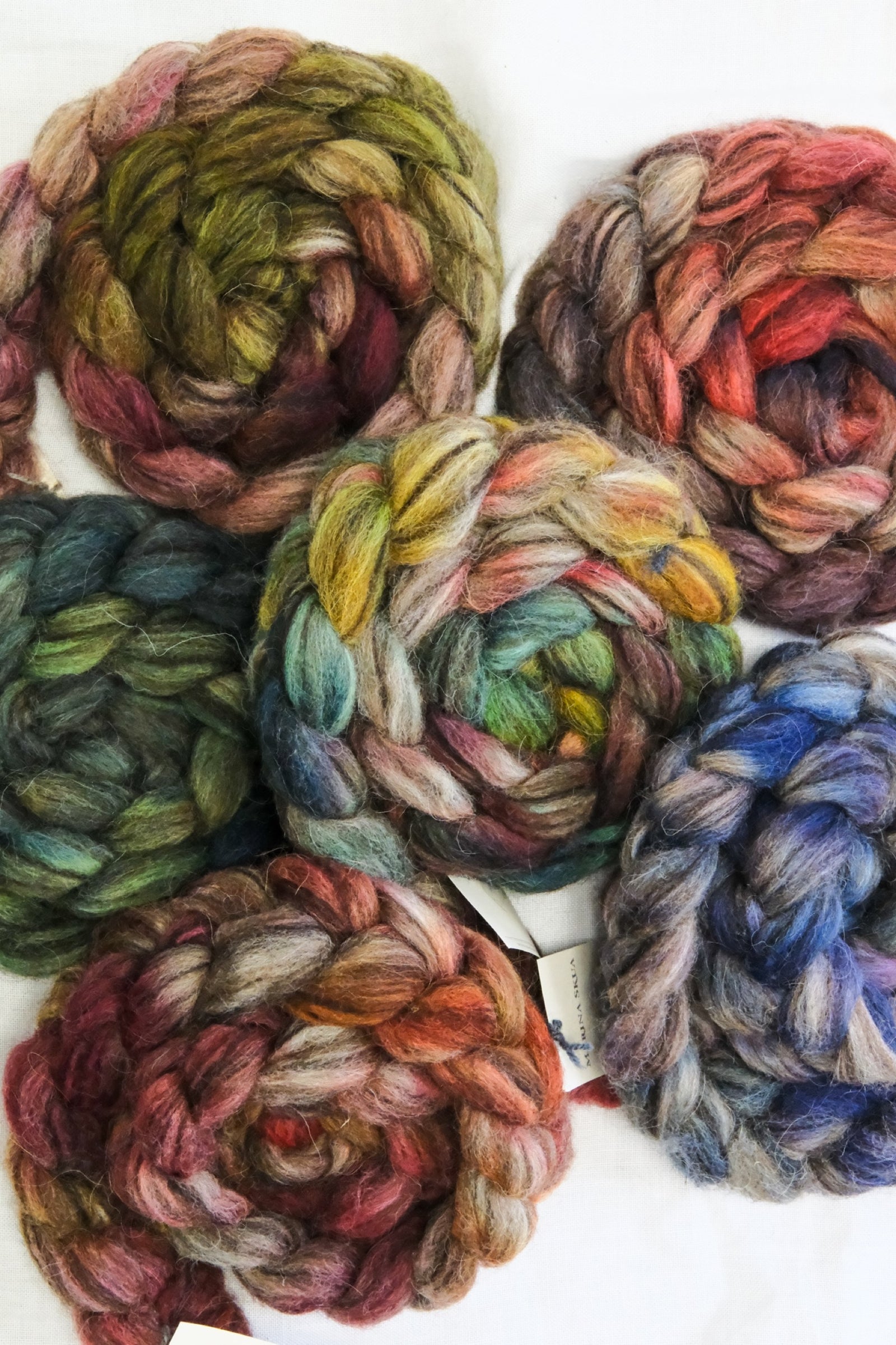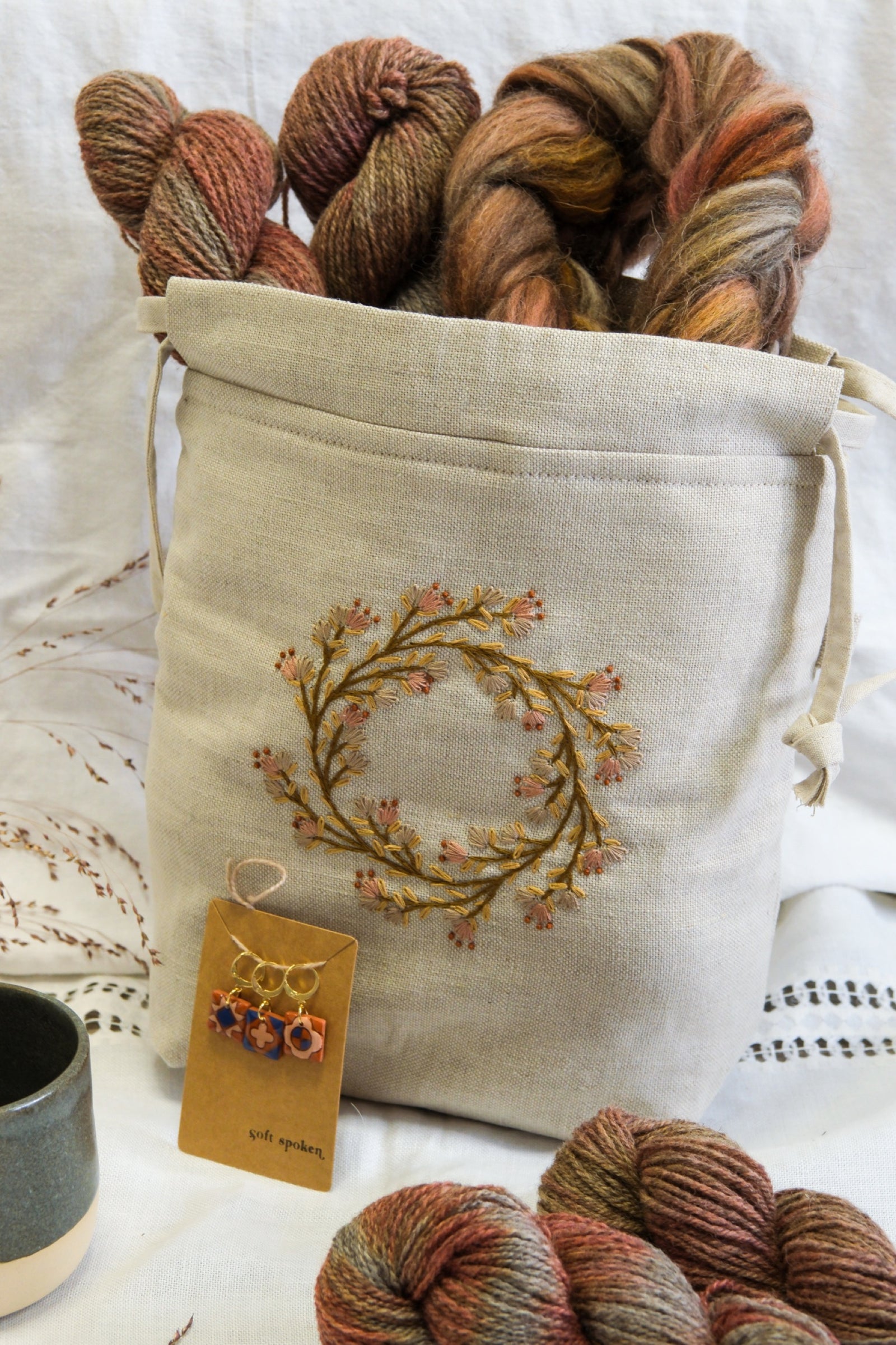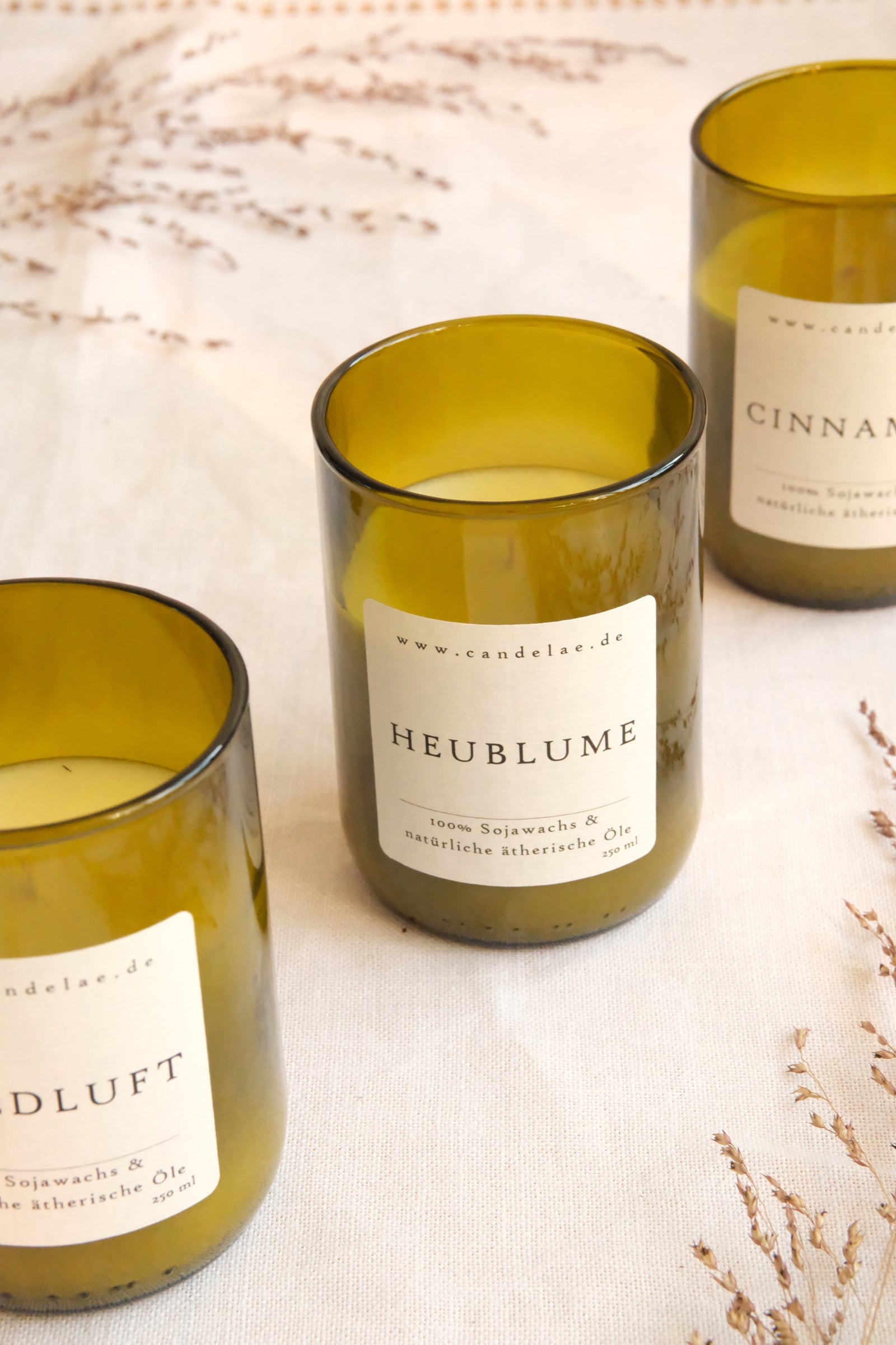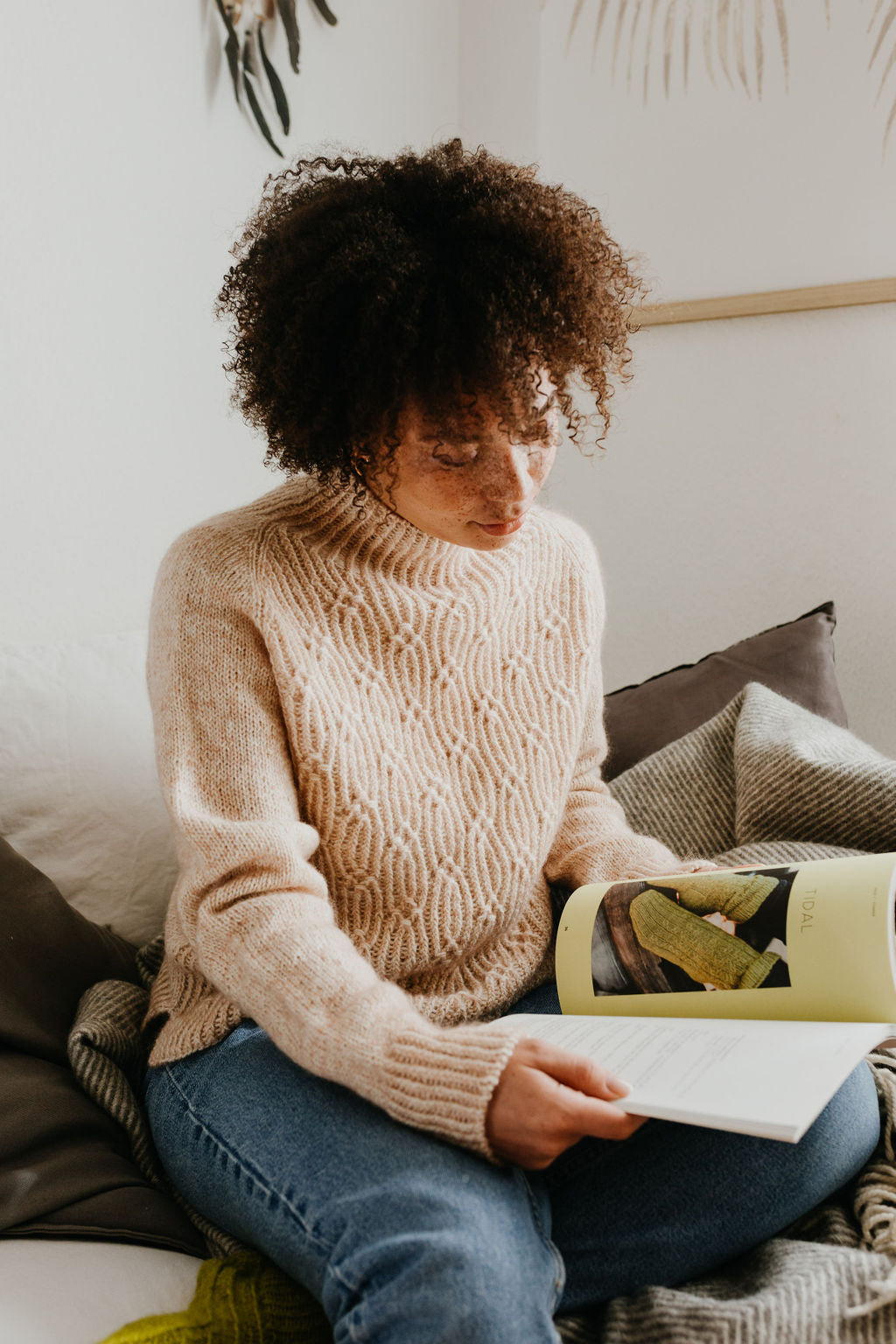As of April 1, Making Stories is closed. Thank you for your support all these years!
As of April 1, Making Stories is closed. Thank you for your support all these years!
Spinning Fiber
Notions & Gifts
Books, Magazines & Patterns
About Us
We're here to help you stitch sustainability into every aspect of your making.
With our carefully curated selection of non-superwash, plastic-free yarns and notions, we have everything you need to get started on your next project - and the one after that.
Here's to a wardrobe of knits we love and want to wear for years to come!
We're here to help you stitch sustainability into every aspect of your making.
With our carefully curated selection of non-superwash, plastic-free yarns and notions, we have everything you need to get started on your next project - and the one after that.
Here's to a wardrobe of knits we love and want to wear for years to come!
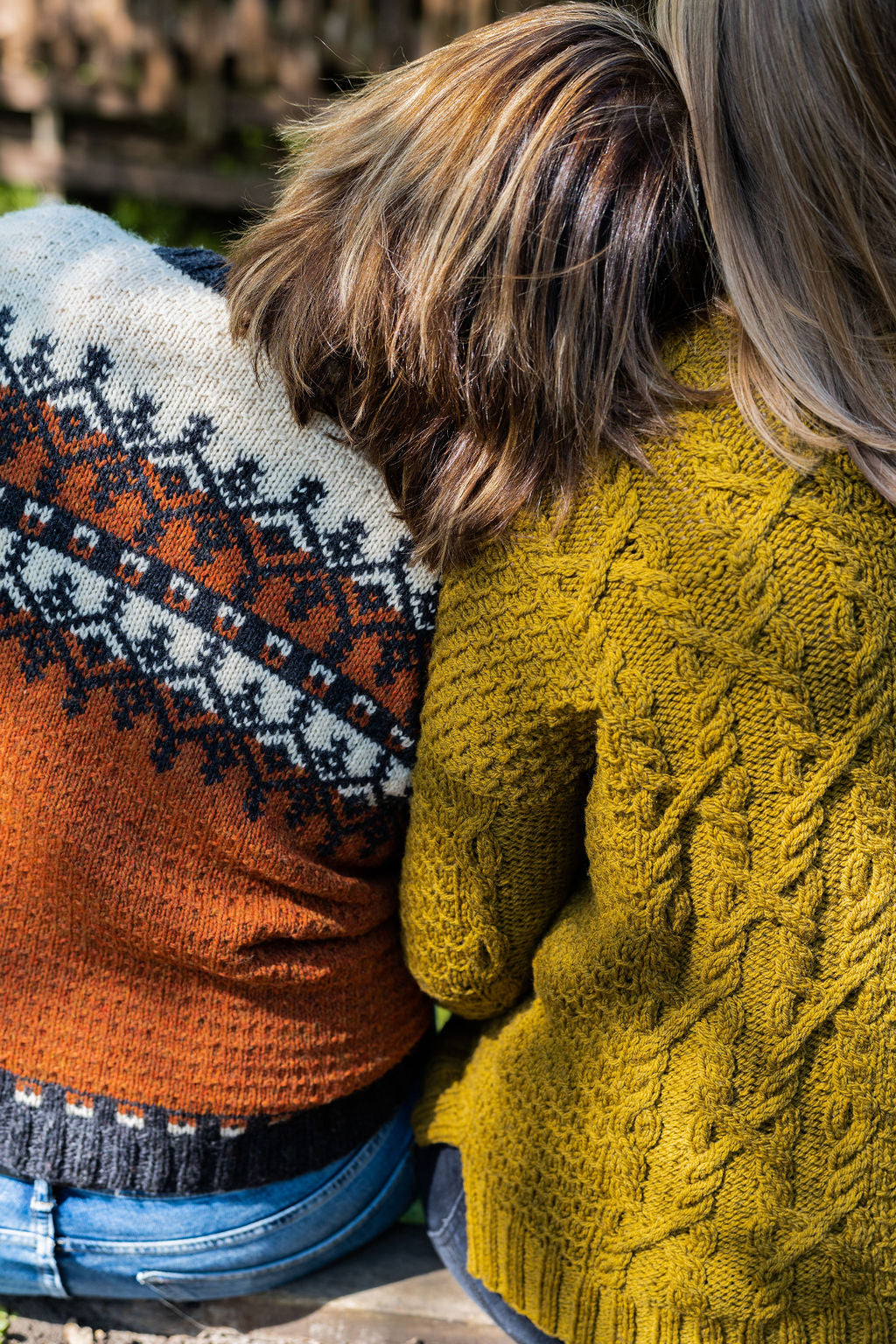
Our Sustainability Pledge

Our Blog
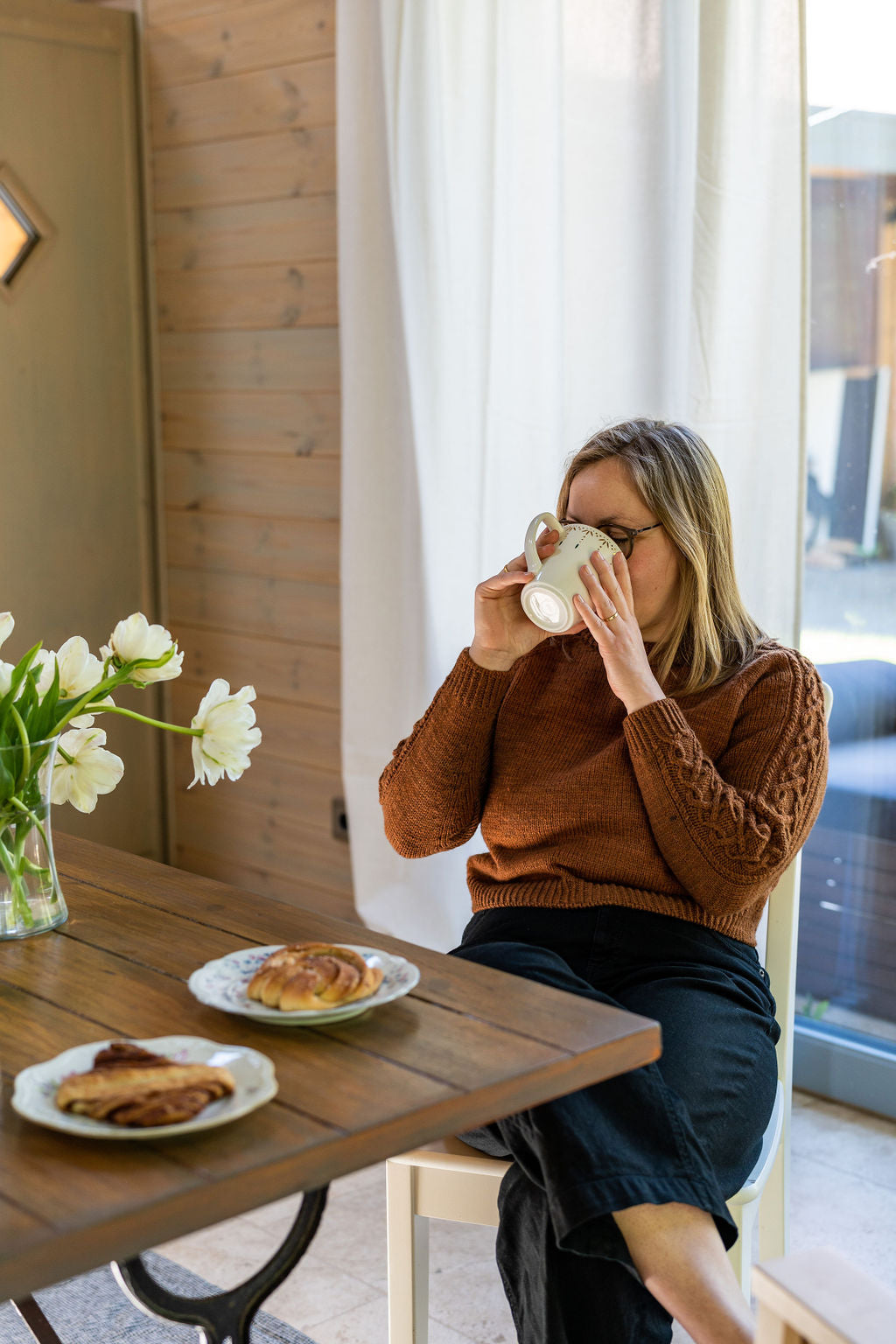
Our Podcast
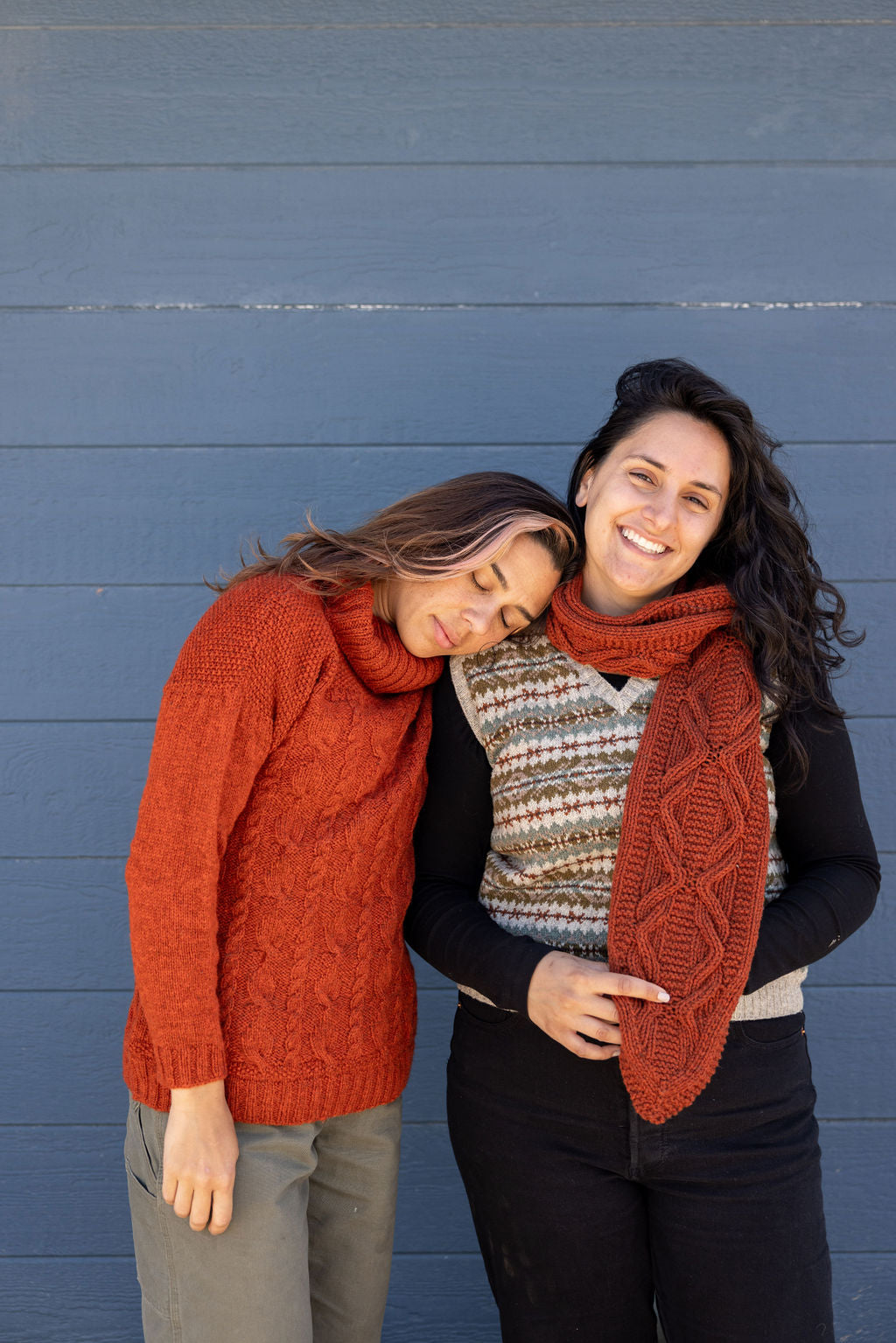
The Making Stories Collective
How Can You Shop Yarn Sustainably?
October 07, 2020 5 min read
Hiya lovelies! After a little bit of a hiatus and last week's revision of our cruelty-free yarn blog post, we're back to our regular blogging schedule! We have lots of exciting articles planned for the next few months - hello non-superwash indie dyer roundup, hello deep dives into natural and acid dyeing and sustainability! - and we thought we'd start of the fall season with something that'll hopefully come in handy in the next few months: a little guide to sustainable yarn shopping.
If you're like us (and in the Northern hemisphere), chances are you're equally excited about fall as we are: The return of colder temperatures, long evenings cuddled up under a blanket in front of Netflix with our favorite WIP in hand, gift knitting plans for Christmas, splurging for a new sweater quantity or that extra special sock yarn to celebrate the cooler months.
We've talked a lot about sustainable yarns and how to find them in the last few months, but when it comes to purchasing that sweater quantity or extra special sock yarn skein, chances are you're not only thinking about the yarn itself, but also where to get it. So today, let's take a look at some ideas how you can make your shopping sustainable!

1 - Shop local.
One of the easiest ways to shop sustainably is staying as close to home as possible and to shop in your local yarn store (LYS). This not only helps to cut down on transport emissions, but it also strengthens your local economy and supports small businesses!
Especially in the current pandemic, shopping with your LYS can help them stay afloat - too many small businesses and brick-and-mortar stores have had to close already, so if you can, go local with your shopping.
You also don't necessarily have to go into the shop! Most yarn stores have set up an online shop during the pandemic if they didn't have one before, so you can conveniently shop from your sofa. Consider checking with your LYS whether they offer pickup or local delivery as both options help reduce transport emissions (especially when the local delivery is done by bike as we've seen for a few yarn shops!)
2 - Shop small.
What if you don't have a LYS close to you or they don't have the yarn you're looking for? Shopping small, i.e. selecting an online shop of another small brick-and-mortar store or a small online-only yarn store, is the next best thing.
Chances are, smaller shops pay more attention to sustainability than large DIY / craft store chains (or Amazon). It's often easier for them to implement ecological packaging and shipping options, and as they usually have smaller storefronts or warehouses compared to large corporations, their ecological footprint is often smaller as well. A lot of them will communicate their stance on sustainability directly on their website so that you know what you're dealing with!
3 - Do your research.

browse the shop's website for information on sustainability. Good pages to start are 'About Us' pages, FAQ sections or mission statements! If a yarn shop is actively thinking about sustainability and trying to be more sustainable, it's very likely that they're talking about this somewhere on their website.
If you can't find anything there, check the shop's Instagram profile. If in doubt, you can always send over an email and ask! This is something you can do as well, by the way, if your LYS or the shop you're looking at doesn't stock a particular yarn, color, or publication that you'd like to purchase: Send them an email to ask if they do have it in stock! Keeping an online shop up to date is a lot of work, so sometimes they might actually have what you're looking for, just not on the website.
4 - Consider sustainable packaging
When I'm looking for sustainability-related information, these are two areas I keep my eye out for: packaging and shipping. Packaging is one of the things that can either be really sustainable - or not at all, which is when you end up with tons of plastic wrapping and bags that will have to be thrown into the trash.
More sustainable options for packaging are:
-
Reused packaging: This means your yarn or books are packed (and shipped, if applicable) in boxes or bags that have been used before, e.g. when the yarn was delivered to the shop or when another customer returned something. It's not the prettiest option in the world, but it's definitely one of the most sustainable ones: no new packaging is called for here!
-
Cardboard and paper packaging: Any type of cardboard or paper packaging - boxes, wrapping paper, bags - that doesn't have any plastic or metal in it can be reused, recycled or composted (depending on the paper). The packaging itself can also be made from recycled cardboard or paper, making it even more sustainable.
-
Biodegradable or compostable plastic packaging: Plastic wrappers, bags or envelopes can be made out of biodegradable plastic. These packaging options have the advantage that they keep the yarn or magazine you ordered safe from water damage, but beware of the 'compostable': It doesn't necessarily mean you can simply throw the packaging into the compost when you don't need it anymore as it often degrades at a different rate than the organic waste you compost. In Berlin, for example, you're not allowed to throw any biodegradable plastic into the compost trash bin - if in doubt, check your local regulations!
With any packaging that you receive with your order, consider keeping and reusing it. I have a stash of cardboard boxes from online orders that I use whenever I want to send something to someone, and I keep paper bags to line our compost with!
Last, but not least: If you shop local and go into the store in person, bring your own bag to carry your purchase home in! Such a small thing that can make such a big difference.
5 - Go for green and / or combined shipping.
If you decide to shop online and there's no local pickup or delivery service offered or you're simply too far away, your purchase will inevitably generate transport emissions.
Three ways you can minimize or offset them are:
-
Bundling purchases: Ask around in your knitting group or circle of friends whether someone would like to team up with you and order a few skeins for themselves! By combining orders, only one parcel gets shipped, not two.
-
Selecting a 'green' shipping option if available: Most shipping companies offer a service to offset carbon emissions nowadays, e.g. DHL Green.
-
Offsetting the carbon emissions generated by your purchase through a service like atmosfair.
Phew! Our 'little' guide to sustainable yarn shopping turned out to be quite long indeed. I hope it's helpful and useful for any upcoming shopping trips you're planning, and I would love to hear your thoughts! Do you have any additional things you're looking at when you're considering how sustainable a purchase is? Anything that I might have missed?
Leave a comment
Comments will be approved before showing up.
Also in Blog

Issue 13 – Confetti & Rainbows | Official Pattern Preview
February 12, 2025 13 min read
Hi lovelies! The sun is out here in Berlin, and what better day to talk about one of the most joyful issues we've ever done than a brilliant sunny winter day – meet Issue 13, Confetti & Rainbows!
In Issue 13 – our Spring 2025 Issue – we want to play! Confetti and rainbows, unusually and unconventionally interpreted in 12 new knitwear designs – a journey through color, shapes, texture and materials.
Confetti made out of dried flowers, collected over months from bouquets and the road side. Sparkly rainbows, light reflecting. Gentle textures and shapes, echoing the different forms confetti can take. An unexpected rainbow around the corner, on a brick wall, painted in broad strokes.
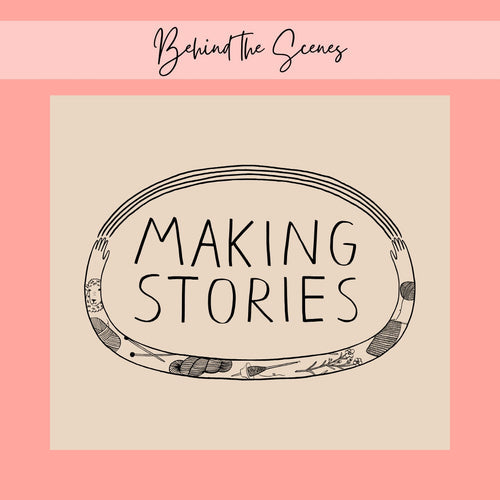
New Look, Same Heart: The Story Behind Our Delightful Rebrand
January 16, 2025 4 min read 1 Comment
Hi lovelies! I am back today with a wonderful behind-the-scenes interview with Caroline Frett, a super talented illustrator from Berlin, who is the heart and and hands behind the new look we've been sporting for a little while.
Caro also has a shop for her delightfully cheeky and (sometimes brutally) honest T-Shirts, postcards, and mugs. (I am particularly fond of this T-Shirt and this postcard!)
I am so excited Caro agreed to an interview to share her thoughts and work process, and what she especially loves about our rebrand!

Thoughts on closing down a knitting magazine
November 19, 2024 12 min read 1 Comment
Who Is Making Stories?
We're a delightfully tiny team dedicated to all things sustainability in knitting. With our online shop filled with responsibly produced yarns, notions and patterns we're here to help you create a wardrobe filled with knits you'll love and wear for years to come.
Are you part of the flock yet?
Sign up to our weekly newsletter to get the latest yarn news and pattern inspiration!

